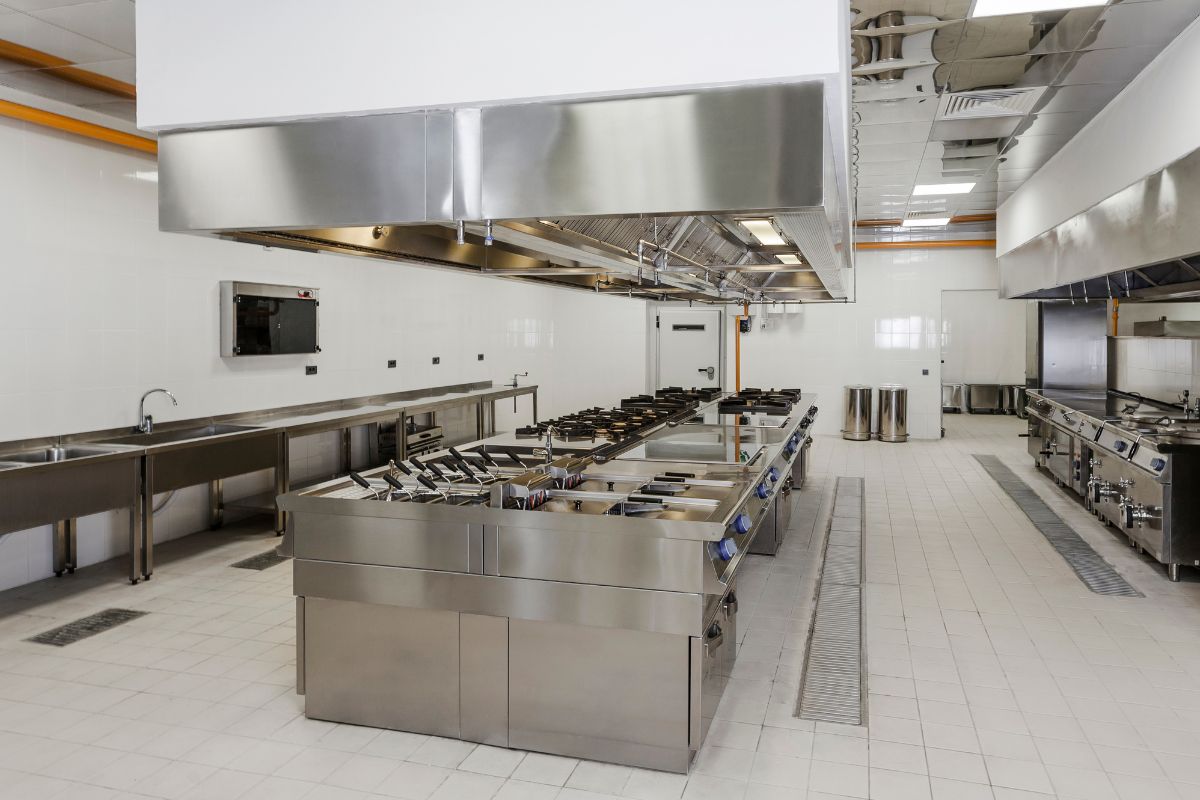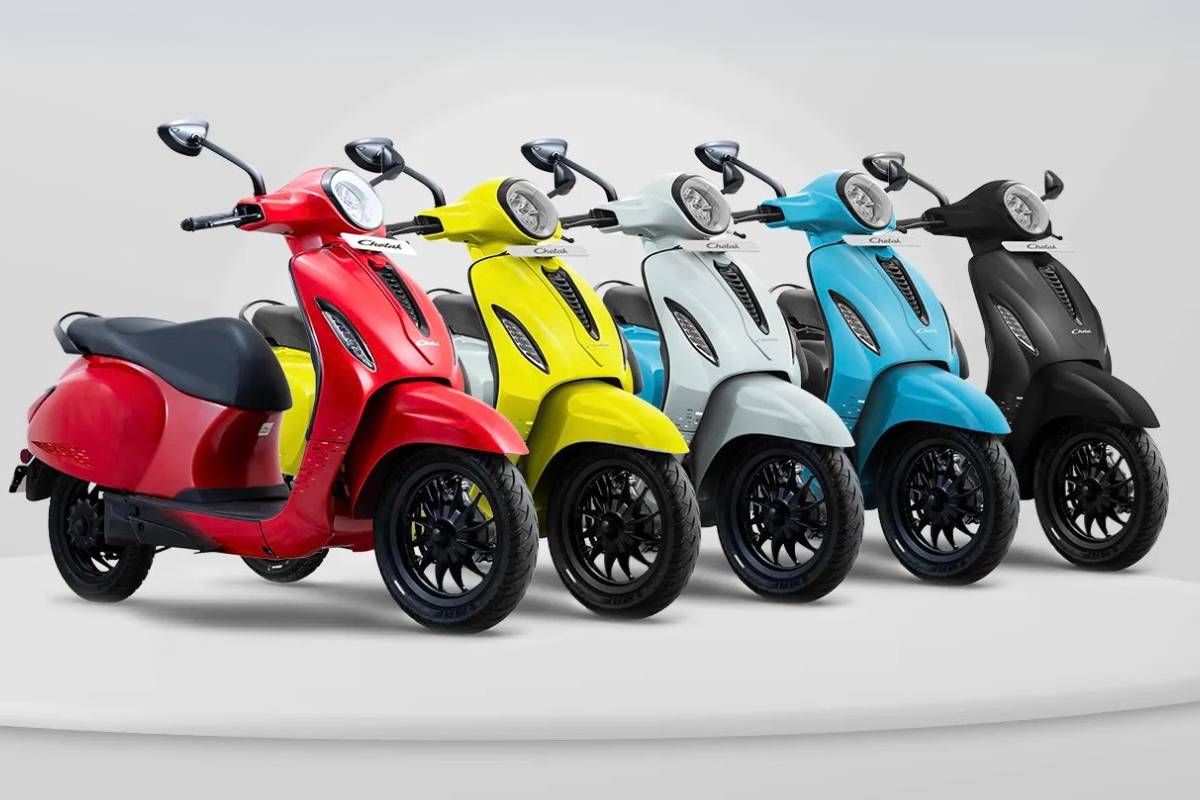Farming has evolved significantly over the years, with technological advancements revolutionizing the industry. From the humble plow to sophisticated harvesters, each piece of farm equipment plays a crucial role in modern agriculture. In this blog, we’ll explore the top five essential farm equipment names that every farmer should know. Farm equipment plays a pivotal role in the success and efficiency of modern agriculture.
From preparing the soil for planting to harvesting the final crop, each piece of equipment serves a vital function in the farming process. These machines enable farmers to accomplish tasks more quickly, accurately, and on a larger scale than ever before. By mechanizing labor-intensive activities such as plowing, planting, and harvesting, farm equipment helps farmers increase productivity while reducing the physical demands of agricultural work.
Moreover, with the advent of advanced technology, today’s farm equipment is equipped with precision systems that optimize resource use, minimize environmental impact, and maximize yields. In essence, farm equipment is the backbone of agricultural operations, driving innovation, sustainability, and food security for communities around the world. The farm equipment market in the USA is robust and dynamic, reflecting the country’s significant agricultural sector.
With vast expanses of farmland and a diverse range of crops grown across different regions, the demand for farm equipment is consistently high. The market encompasses a wide array of machinery, from tractors and harvesters to irrigation systems and precision agriculture technology. Factors such as increasing mechanization, the adoption of advanced farming techniques, and the need for efficiency and productivity drive the growth of the farm equipment market.
Additionally, government initiatives supporting agriculture, technological innovation, and the emergence of sustainable farming practices further contribute to the market’s expansion. Manufacturers and suppliers continually strive to meet the evolving needs of farmers by developing innovative, high-performance equipment tailored to enhance agricultural operations.
As a result, the farm equipment market in the USA remains dynamic, competitive, and vital to sustaining the nation’s agricultural productivity and global competitiveness.
1. Tractors
Tractors are the workhorses of the farm, available in various sizes and configurations to suit different tasks.
Importance
Tractors are versatile machines used for a wide range of activities, including plowing, planting, cultivating, and harvesting. They can also tow trailers and operate various implements, making them indispensable on any farm.
2. Plows
Plows come in different types, including moldboard plows, disc plows, and chisel plows.
Importance
Plows are essential for preparing the soil by breaking it up and turning it over. This process aerates the soil, removes weeds, and incorporates organic matter, creating an ideal seedbed for planting crops.
3. Seeders and Planters
Seeders and planters are available in various designs, including broadcast seeders, precision seeders, and seed drills.
Importance
Seeders and planters ensure accurate and efficient planting of seeds at the desired depth and spacing. This precision planting optimizes germination rates and crop yields, leading to healthier and more productive crops.
4. Cultivators
Cultivators include traditional hand tools as well as modern mechanical cultivators and rotary hoes.
Importance
Cultivators are used to remove weeds, loosen soil, and aerate the root zone of crops. By maintaining soil structure and reducing competition from weeds, cultivators help promote healthy crop growth and improve overall yields.
5. Harvesters
Harvesters, including combine harvesters, forage harvesters, and cotton pickers, constitute a diverse array of machines designed for efficient crop collection.
Importance
Harvesters automate the process of gathering ripe crops, significantly reducing labor requirements during harvest season. They efficiently separate grains, fruits, or vegetables from the plant, allowing farmers to collect and store their crops quickly and efficiently.
A comprehensive guide to buying farm equipment is essential for farmers looking to make informed decisions and investments. Firstly, assess the specific needs and requirements of your farm operation, considering factors such as farm size, crop types, terrain, and budget constraints. Research the available options for each type of equipment needed, considering factors like brand reputation, reliability, and ease of maintenance.
It’s also important to evaluate the compatibility of different equipment pieces and attachments to ensure seamless integration into your existing farm setup. Prioritize safety features and ergonomic design to enhance operator comfort and minimize the risk of accidents.
Additionally, consider the long-term costs associated with ownership, including maintenance, repairs, and potential resale value. Finally, don’t hesitate to seek advice from experienced farmers, equipment dealers, and agricultural experts to make informed decisions that align with your farm’s goals and objectives.
Conclusion
These top five farm equipment names represent the backbone of modern agriculture, enabling farmers to cultivate, plant, nurture, and harvest crops with efficiency and precision. While there are many other types of farm equipment available, understanding the roles and importance of these essential tools is crucial for any farmer looking to optimize their operations and maximize yields.
By investing in high-quality equipment and staying informed about the latest technological advancements, farmers can continue to drive innovation and sustainability in the agricultural industry, ensuring food security for future generations.
















